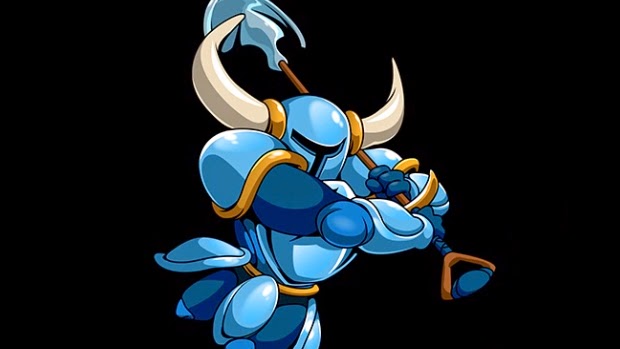That game is the beloved, and simultaneously hated, Dark Souls.
Much has been said about Dark Souls. The world of Lordran is a very brooding, mysterious and dangerous place for gamers of all walks of life. It is fair to say, that this third-person hack-and-slash adventurer, not only injected new interest into the dusty action-rpg genre, but also swiftly cemented FromSoftware as the kingmaker of ungodly, difficult, impossible to put down, games.
The game is hard, cryptic, and unrelenting in its onslaught to demolish new players wishing to delve into its clutches. This viciously circular curriculum is only possible because of the open world structure of Dark Souls, and its minimalist approach to lore/mechanics and general pointers. Those wishing to learn about the in-game world, must closely examine every nook, found item, while observing the sprawling environment. To progress in DS, is to die! And die and die again!
 |
| superadventuresingaming.blogspot.com |
Dying
No hints are given. Items must be looted, earned, or found. Helpful NPC are hidden throughout the world, and only help at a price. Strangely, the paths a rarely blocked; as if the game is trolling you by saying you are free to go anywhere. And indeed anywhere can be explored, should one wish. Except, an early visit to most places guarantees a swift demise. Many hideous and wild creatures hunt the realm of Lordran: Undead Wraiths, Drakes, Possessed Knights, Hellish Demons and all manner of twisted abominations, such as Bosses and their unsavory breed.
 |
| tomsguide.com |
Reviving
Death and rebirth is in the design. Upon revival, recovery of lost souls collected from fallen enemies (souls being the currency of DS) is always a possibility. A tricky feat, as DS enemies are prone to violent rng ganking, and the levels are filled with traps, chasms and dead ends filled with OP mobs. The bonfire save points peppered through the realm, provide as safe zone for restoring life-replenishing flasks and leveling up. Each bonfire can be kindled to increase its healing effectiveness by the use of Humanity: a sort of ritual of strengthening which reverses the process of hollowing. Adding another layer of difficulty are the unique NPC and player invasions which can happen while a player is in human form, knee deep in vigorous combat.
To offset this, cooperation with other friendly players is possible, and recommended for those in need of a helping blade. Also, experiencing those whattha fuuuuck/fuuuuck yeah!!! moments is always more fun with another person.
Exploring
Where to go and how best to get there is a staple conundrum in the DS universe. Each area is a part of a bigger whole that makes up the massive open world. Traveling through castle ramparts, ascending dilapidated chapels, looting catacombs, clearing out a wicked fortress, visiting a legendary metropolis, and fighting through the capital of a fallen civilization is all in the day’s work in DS. The genius of level design on display falls in the realm of perfection, as each area is seemingly connected by hidden paths that prompt the urge to explore.
Although the game is six years old, and its graphical limitations are now very visible, the overworld design still holds true. Each level is like a piece of classical painting that will etch its grandeur into player's psyche, stimulating urges to revisit time and time again. [A dedicated patching community crafts many graphical fixes for free download to PC users.]
 |
| ncloud.blogspot.com |
Leveling up (true way)
Beating the game, and playing it again is the true way of experiencing DS, as more things will fall into place the second/third time around. Sure, the game is known for many hellishly aggravating spots, but to those resilient players with a keen eye and a knack for memorization, DS becomes a pleasure ride beyond compare. Choosing a proper starting class, selecting and finding the right item from the get-go, and proper distribution of stats, unlocks an incredible meta depth to DS. (Meta which takes form of specific character builds, progression paths, speed-running options, and the like.)
Dark Souls is a rare game resistant to the tides of change in the industry. Its legacy is not carried by popularity or sales or even FormSoftware. Dark Souls lives gorging on the devotion of its fans: the freaks, the instigators, the adventurers, the statisticians, and community curators. What else needs to be said? Just this, in Lordran, eternal is the trail that binds us all together. Salutations to all the Stray Souls, and good hunting!



























